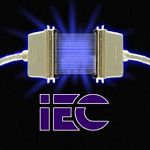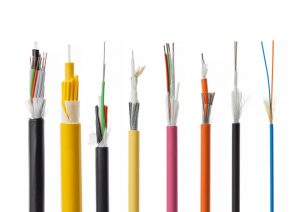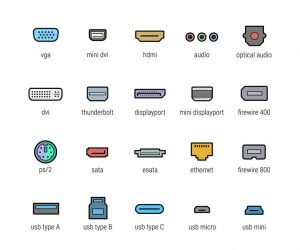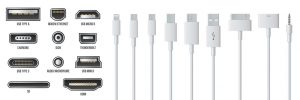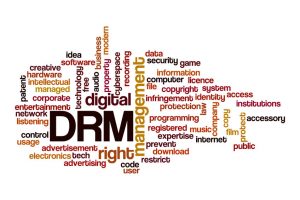Every technology has its benefits and weaknesses. When HDMI first came out, it seemed like it would be the holy grail of the entertainment industry, and to some extent, that’s exactly what it became. However, the technology still had (and has to this day) one significant flaw: the length of an HDMI cable is limited. More specifically, if you’re using a cheaper, static HDMI connection, you’ll be limited to a distance of about 20-25 feet between your connected devices.
Now, if you have a small home that’s not a problem. However, if you want to build a large home theater or use your HDMI connections for commercial purposes, you will need what is called an HDMI signal extender to get by.
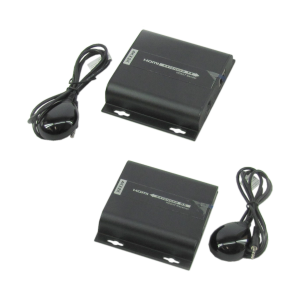
HDMI cable signal extenders are devices or pairs of devices designed to boost the signal of your regular or active HDMI cables. A good extender setup can boost your signal up to 5-10 times or even more, and it also ensures that you can successfully connect more than one device without having to switch between your devices when you want to connect one or the other.
Using a signal extender is also a cheaper solution to buying active HDMI cables, since it can provide you with a large enough setup without having to invest in lots of expensive HDMI cables. All you need is one device, and you’re all set!
First Seen right here: How You Can Effectively Boost HDMI Signals Using Signal Extenders
